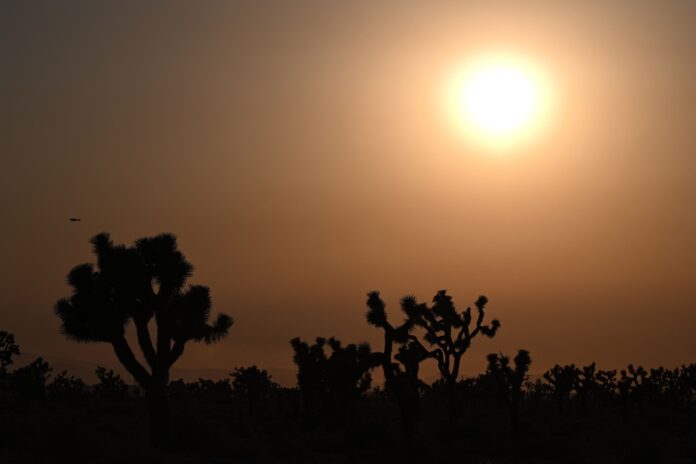Scientists are warning about solar geoengineering, a controversial technique to reduce solar radiation on Earth. In particular, it plans to project aerosols into the stratosphere, which would allow the Sun’s rays to be deflected into space. Such a technique could help reduce global warming. Besides the many consequences of such an approach, it will not be temporary, as its proponents claim, according to scientists affiliated with the European Geosciences Union. Solar geoengineering would need to be carried out for at least a century to achieve noticeable effects on global warming, the researchers report. Rather than playing sorcerer’s apprentice, scientists point out that there is another way to fight climate change: reducing greenhouse gas emissions.
A team of Japanese and Australian scientists managed to photograph a fish of the genus Pseudoliparis at a depth of more than 8300 meters in the Pacific Ocean. The image was immortalized last August thanks to a mini submarine responsible for studying the bottoms of the northern portion of the Pacific. Note that the highest peak in the world, Mount Everest, rises to 8848 meters.
The concentration of methane in the atmosphere hit a record high last December, at 1924.99 parts per billion (ppb). It stood at 1908.84 ppb in December 2021. Methane is a greenhouse gas with a much higher warming power than CO2, but its lifespan is much shorter. Methane is thought to be responsible for 30% of global warming observed since the pre-industrial era.
Saving nine animal species could contribute to the fight against global warming. This is the astonishing conclusion of a recent study published in the journal Nature Climate Change. A team of international researchers estimates that by protecting six animal populations and promoting the expansion of three others, we could remove 6.4 billion tonnes of CO2 from the atmosphere each year. These animals store large amounts of carbon in their bodies. To achieve this, the populations of reef sharks, gray wolves, wildebeest, sea otters, muskoxen and marine fish should be maintained at their current levels. Elephant populations should also be increased. forests in Africa, bison in the Americas and whales in the southern hemisphere.
By the end of the last ice age, 15,000 to 19,000 years ago, the ice cap covering Eurasia had shrunk dramatically, by up to 610 meters per day, a team of British and Norwegian researchers recently calculated. Data that the researchers say can give an idea of how fast Antarctica’s icy surfaces could melt over the next few decades. Currently, glaciers in Antarctica are melting at a rate of about 15 meters per day. However, the melting of the ice will accelerate in an increasingly warm world, warn scientists. The study was published in the journal Nature.


















